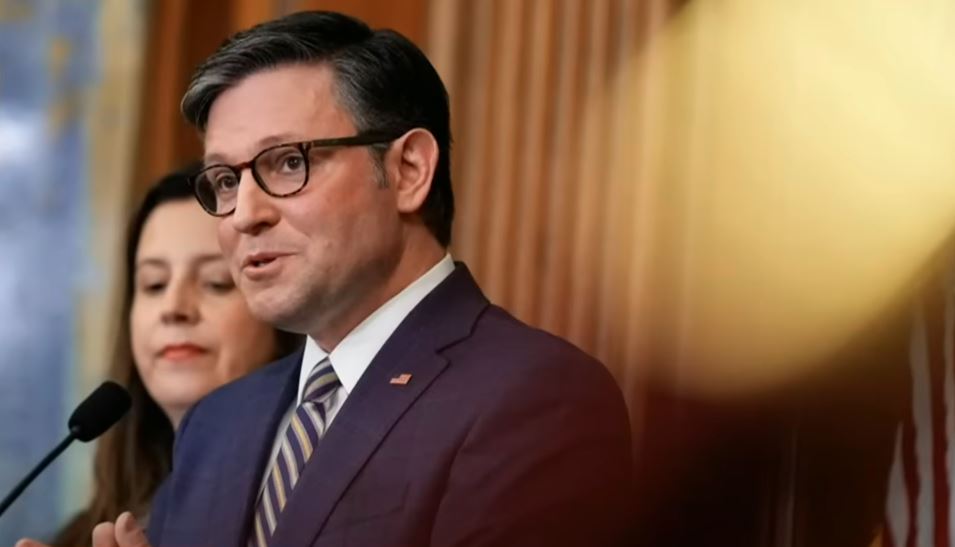The US government is teetering on the brink of a shutdown once again after a tumultuous six-week hiatus marked by Republican leadership disputes in the House of Representatives. As the looming deadline approaches, here’s an overview of the key players and the dynamics shaping the current political crisis.
The last-minute deal that averted the previous government shutdown cost Speaker of the House Kevin McCarthy his position, paving the way for Mike Johnson, a relative newcomer to Congress, to take the helm. Facing a divided House, Johnson is navigating the challenge of garnering support for new spending bills to keep the government operational for the upcoming fiscal year.
Johnson’s proposed two-part government spending package aims to appease hard-line Republicans by extending funding for specific programs until January 19, while also wooing Democrats with funding levels aligned with their preferences from the previous year. However, procedural hurdles and a tight timeline pose potential obstacles to the proposal’s success.
The House Republican hard-liners, primarily affiliated with the conservative Freedom Caucus, are resolute in their stance that the government spends too much. They advocate for individual consideration of major spending bills, including those related to foreign aid, education, farming, and transportation, each tailored to conservative priorities.
Government Shutdown Chess, Navigating Party Dynamics

On the Democratic front, the stance is clear: the government shutdown is a Republican problem, and Republicans must find a solution. While some Democrats cautiously considered Johnson’s proposal for its “clean” resolutions, the Biden White House swiftly condemned it as a recipe for “more Republican chaos and more shutdowns.”
Senate Minority Leader Mitch McConnell, a seasoned political strategist, has been working behind the scenes to avert a shutdown. Recognizing the harmful implications of government shutdowns, McConnell has collaborated with Senate Majority Leader Chuck Schumer on a temporary spending bill.
The looming shutdown debate is not free from the influence of former President Trump, who has historically urged the Republican Party to stand firm during such situations. As the stakes rise, Trump’s potential impact on the blame game surrounding the shutdown adds another layer of complexity to the unfolding political drama.
With the threat of a government shutdown hanging in the balance, the nation watches as political maneuvering and internal party dynamics play out in the race against time to secure funding and avert a crisis.


Comments are closed.